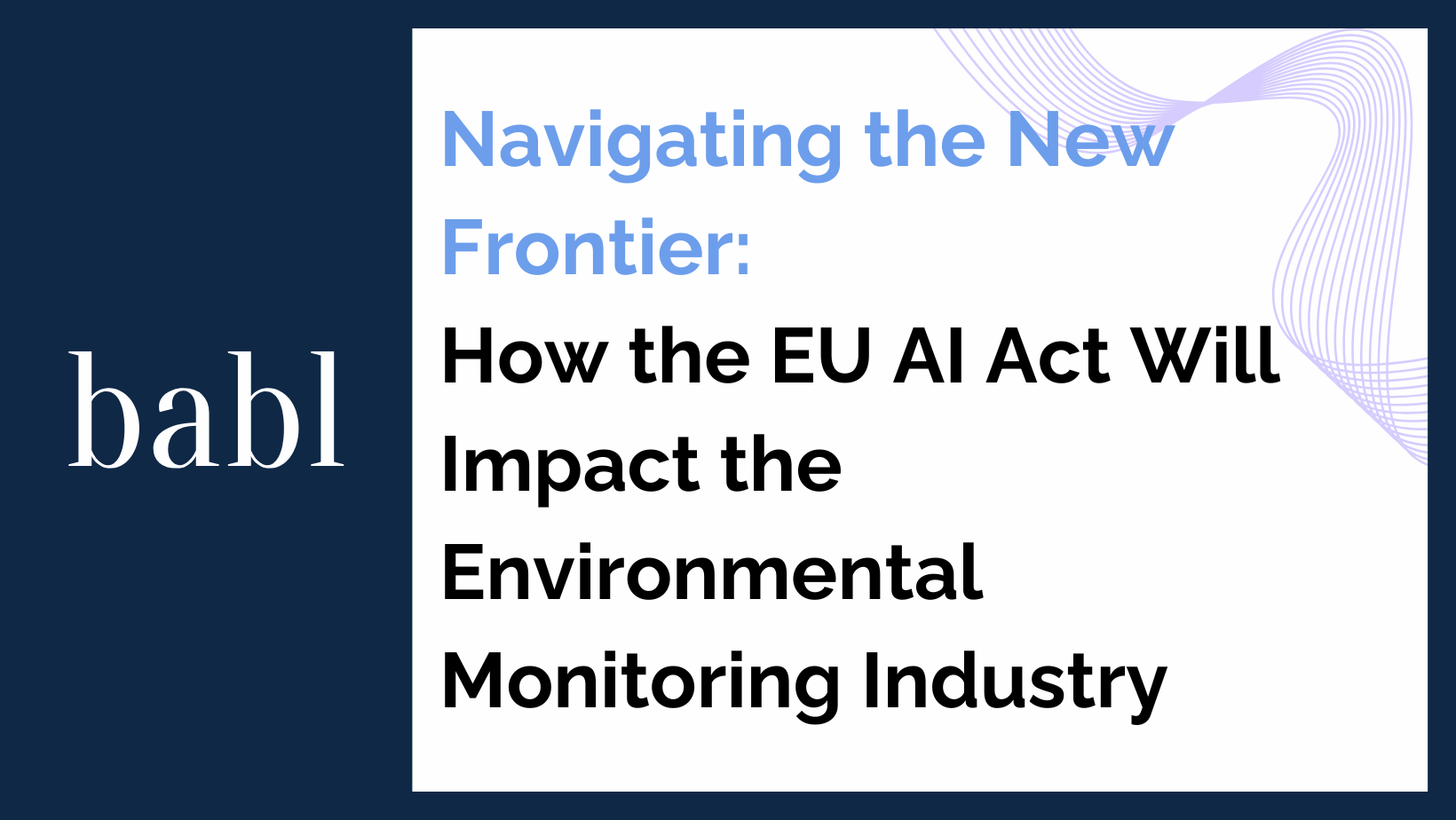In the field of AI in hiring, understanding statistical significance is crucial for conducting Automated Employment Decision Tools (AEDTs) audits. This blog delves into the concept of statistical significance in the context of AI audits. It’ll explain its importance, how it’s determined, and the practical implications for companies using AI to make hiring decisions.
The Importance of Statistical Significance in AI Audits
Statistical significance plays a pivotal role in AI audits, particularly in the evaluation of AEDTs used in hiring processes. It helps determine whether the outcomes of an AI system are likely due to actual capabilities of the tool or merely by random chance. For businesses and regulatory bodies, establishing statistical significance is essential to ensure that AI tools operate fairly, effectively, and within legal compliance, especially under laws like New York’s Local Law 144 which mandates bias audits.
What is Statistical Significance?
Statistical significance is a mathematical tool used to determine the reliability of data. In the context of AI auditing, it refers to the confidence with which we can say that the results from an AI system are a true measure of what they purport to represent, rather than the result of variability in data. It provides a way to quantitatively decide if the differences in hiring outcomes among different demographic groups are meaningful or if they could have occurred by random chance.
Key Elements in Determining Statistical Significance
The determination of statistical significance in AI audits involves several key elements:
- Sample Size: The number of data points (in this case, applicants) considered in the audit. The larger the sample size, the more reliable the audit results. This is because larger data sets tend to average out anomalies and provide a clearer picture of the underlying trends.
- Selection Rate: This refers to the percentage of applicants moving through various stages of the hiring process. Statistical significance helps in comparing these rates across different demographic groups to identify potential biases.
- P-value: A statistical metric that helps determine the significance of the results. It represents the probability that the observed differences in selection rates are due to chance. Typically, a p-value of less than 0.05 (indicating less than 5% probability the results are due to chance) is considered statistically significant.
- Confidence Intervals: These are used to express the uncertainty in an estimate. A narrow confidence interval around a difference in selection rates between groups indicates a more reliable estimate.
How Many Samples or Applicants Are Needed?
The number of samples or applicants needed to conduct a meaningful AI audit can vary based on the specific requirements of the audit and the expected differences in selection rates. However, some general guidelines can help organizations plan their data collection:
- Minimum Sample Size: For any subgroup analysis, having at least 30 samples per group is a common threshold to begin with, as it allows for basic statistical tests to be performed.
- Ideal Sample Size: Ideally, organizations should aim for at least 100 samples per subgroup. This size allows for more reliable and nuanced insights into how the AI tool performs across different demographics.
- Total Applicants: In a practical setting, an organization might need a total of anywhere from 1,000 to 1,500 applicants to ensure that all subgroups are adequately represented and that the audit can provide statistically significant results.
Practical Implications for Employers
Employers using AI in hiring need to be aware of these statistical requirements to effectively prepare for and participate in AI audits:
- Data Collection: Employers must collect comprehensive data on all applicants, including demographic information, to facilitate meaningful audits.
- Ongoing Monitoring: Employers should continuously monitor the performance of their AI tools to ensure they remain effective and fair as more data becomes available.
- Collaboration with Vendors: For employers using third-party AI tools, it’s essential to collaborate closely with vendors to ensure that the necessary data is available for audits and that the tools meet the regulatory standards.
The Role of Bias Audits
Bias audits play a critical role in ensuring AI tools used in hiring are fair and unbiased. These audits involve analyzing the selection rates of different demographic groups to identify any disparities. By conducting bias audits, companies can detect and address potential biases in their AI systems, promoting fairness and compliance with anti-discrimination laws.
Conducting Bias Audits: A Step-by-Step Guide
- Data Segmentation: Divide the applicant data into different demographic groups (e.g., male, female, various race and ethnicity categories).
- Selection Rate Calculation: Calculate the selection rate for each group (the percentage of applicants from each group who advance through the hiring stages).
- Comparison and Analysis: Compare the selection rates across different groups to identify any significant disparities.
- Statistical Testing: Use statistical tests to determine if the observed differences are statistically significant.
- Reporting and Action: Document the findings and take necessary actions to address any biases identified.
The Legal Landscape: Compliance and Regulation
Understanding the legal requirements surrounding AI in hiring is crucial for compliance. Laws like New York’s Local Law 144 mandate bias audits to ensure that AI tools used in hiring do not discriminate against protected groups. Employers must stay informed about these regulations and ensure their AI systems comply with legal standards.
The Future of AI Auditing
As AI continues to evolve, so will the methods and standards for auditing these systems. Employers must stay ahead by adopting best practices for AI audits and continuously monitoring their systems for fairness and compliance. Advances in AI technology and auditing techniques will further enhance the ability to detect and mitigate biases, promoting a fairer hiring process.
Conclusion
Statistical significance is fundamental to conducting effective AI audits in the hiring process. By ensuring adequate sample sizes and applying rigorous statistical analysis, employers can gain valuable insights into their AI tools’ performance, ensure compliance with relevant laws, and uphold fairness in their hiring practices. As AI continues to transform hiring, staying informed about these statistical principles is essential for any organization aiming to leverage this technology responsibly.
By understanding and implementing the principles of statistical significance in AI auditing, companies can ensure their AI tools are fair, reliable, and compliant with legal standards. This not only helps protect candidate rights but also enhances the credibility and effectiveness of AI in the hiring process.
Need Help?
You probably want to have a competitive edge when it comes to AI regulations and laws. Therefore, don’t hesitate to reach out to BABL AI. Hence, their team of Audit Experts can provide valuable insights on implementing AI.





